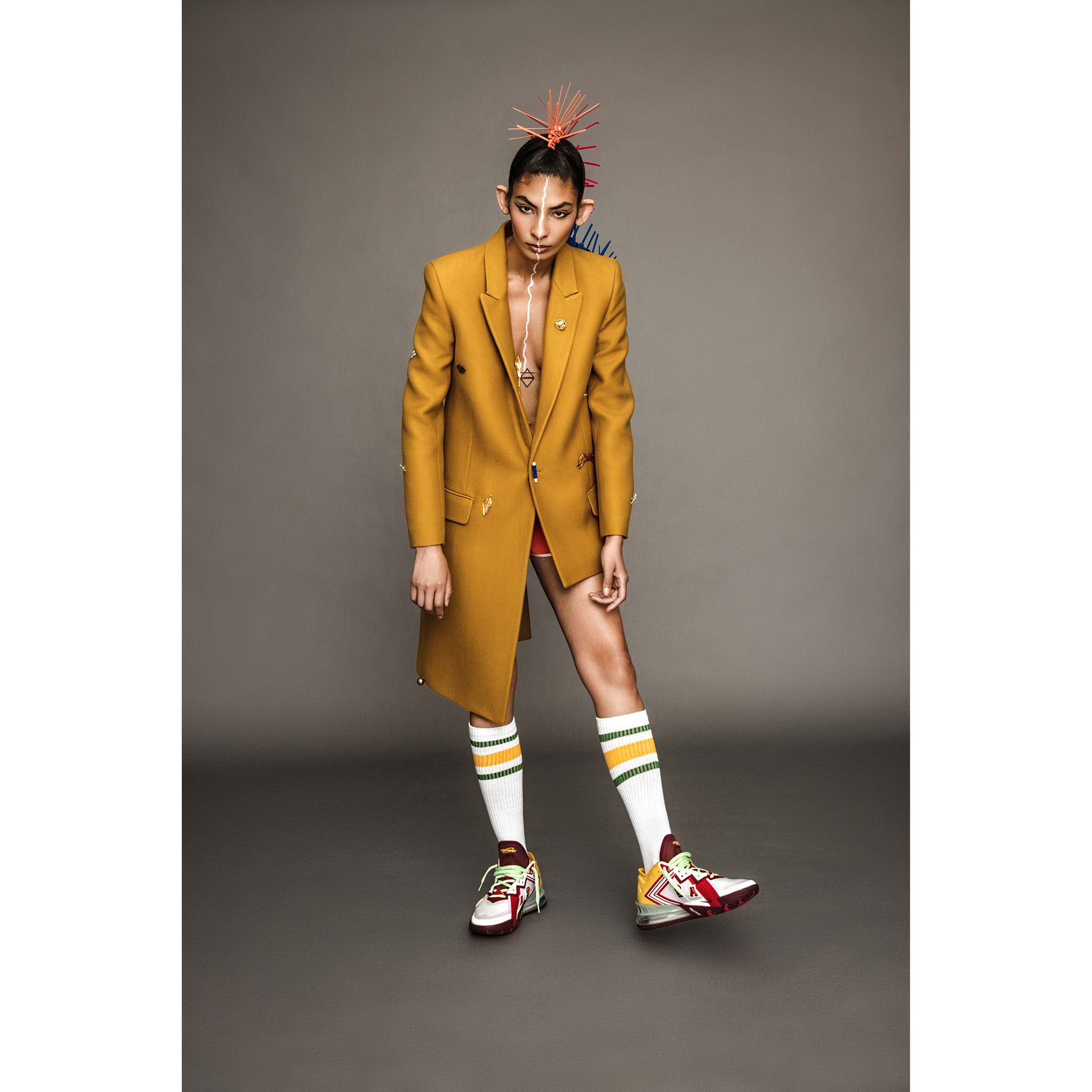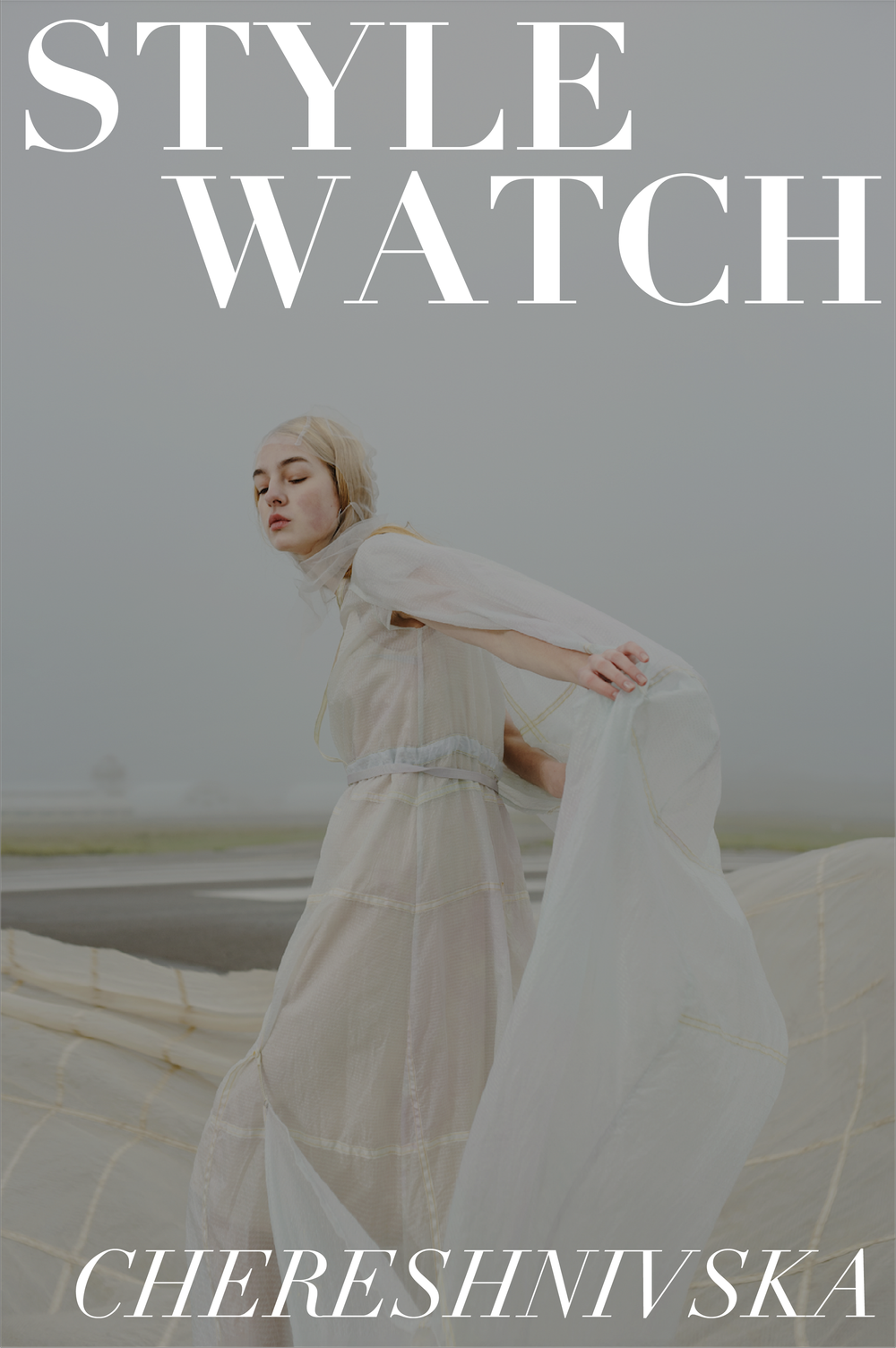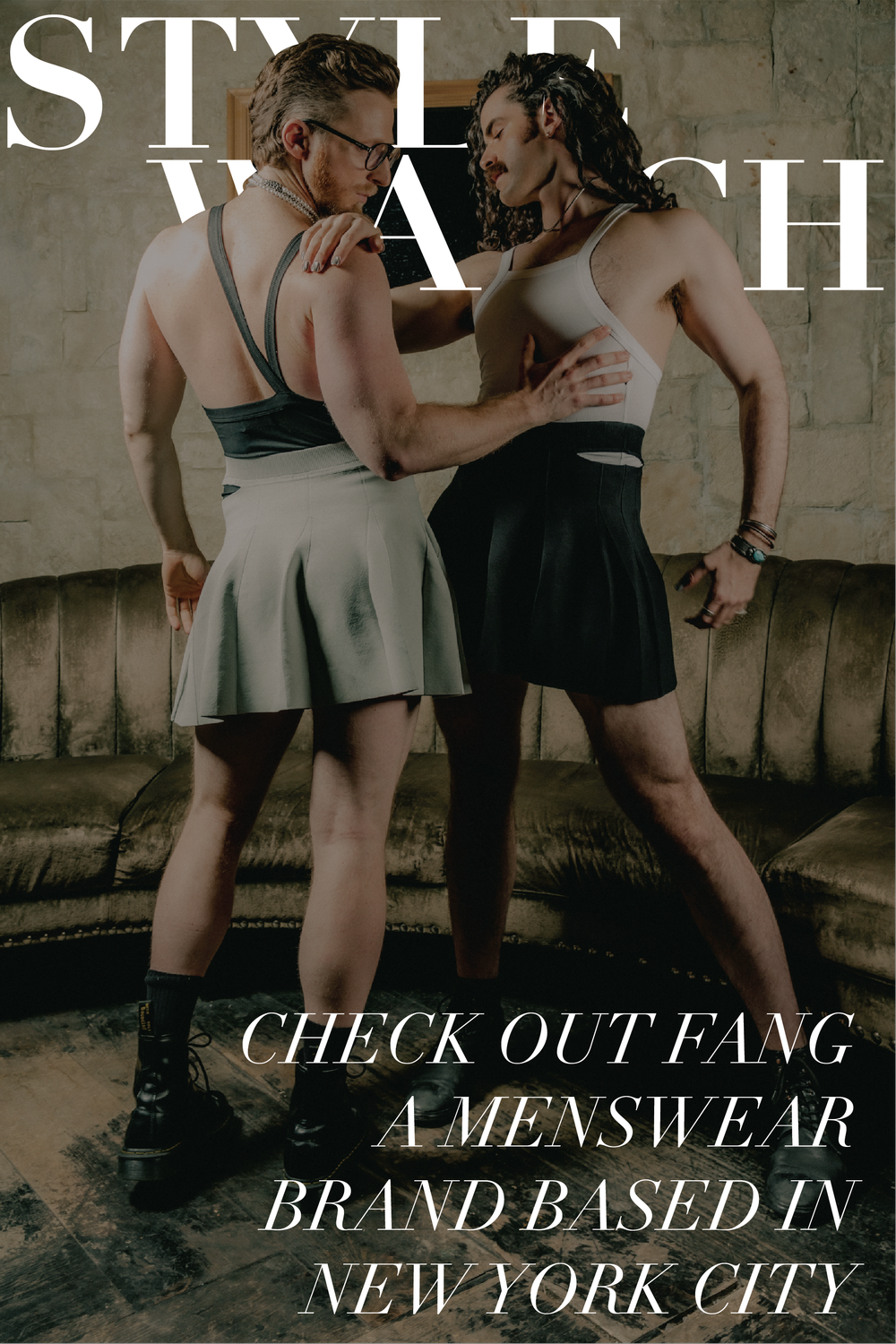Mimi Plange
Mimi Plange is challenging the status quo with the celebrations of individualistic style. The Ghana-born designer launched her eponymous brand in 2010, about 10 years after working in the fashion industry. A graduate of both the University of California at Berkeley and the Fashion Institute of Design and Merchandising, Plange’s background in architecture and fashion, along with her African heritage influence the way in which she designs her collections. With iconic collaborations with Manolo Blahnik and Roche Bobois, Plange is continuing her work with an unveiling of her take of the Nike Lebron 18 Low. She was the Designer of the Year at the 2012 Mercedes Benz Fashion Week in South Africa. In addition, her designs have been worn by First Lady Michelle Obama, Serena Williams, Rihanna, Vanessa Hudgens, Gabrielle Union-Wade, Regina King, Janelle Monae, Angela Bassett, Viola Davis, Paris Hilton, Teri Hatcher, and Awkwafina. Her work has been featured in The New York Times, British Vogue, Vogue India, Cosmopolitan, Harper’s Bazaar, Glamour, Marie Claire, Nylon, T Magazine, WWD, Ebony, Time Out Dubai, Genlux, Zink, and Essence.
What can you tell us about your new collection? What are some key bits of inspiration for the collection?
We always start our collections by researching and identifying practices in body adornment from precolonial Africa. We aren’t so much concerned with duplicating these forms of beauty as is, but instead using these inspirations to create something different and new that stands alone. We are obsessed with the idea of adornment and organic African design. This season, adornment is reflected in felting techniques that are homespun and whimsical. Our designs are about storytelling and we try and build upon past seasons. Sometimes ideas and inspirations from previous seasons are recycled into new collections. It’s an ongoing process.
Your designs have a biographical quality in them, in that there’s a specific sort of time period or moment tied to them. What’s the thought process that goes behind that?
We are celebrating those who embrace the idea of individuality. We are looking at African style and beauty traditions before colonization. Several African tribes of that time frame used body painting, piercings, scarification and other types of body adornment to identify their tribes and distinguish them from others. Though they had markings that brought them together as a whole, each individual also had their own unique set of marks. The idea was never to be the same, but to always uphold your sense of identity within a group. This practice of individuality is what intrigued me initially and led to the exploration of identity within a group.
Your upcoming collaboration with Nike on the Lebron 18 Low features two distinct pairs of sneakers. Could you tell us what you wanted to represent and achieve with this collaboration?
For our latest collaboration, we wanted to continue on our journey of sharing stories inspired by Africa, but in an unexpected way. The first model, “Scarred Perfection,” is a continuation of our leather quilting and trapunto work that is inspired by Benin Scarification. We used the same pattern from our 2013 collection leather “Scarification Dress” which is now part of FIT’s permanent collection. We wanted to be able to share that specific piece and the stories behind it with our audience and LeBron’s audience. For Mad King, we explored the symbols of the Bantu People from the Southern part of Africa. We chose the symbols that best represented this collaboration, wisdom, unity, future, greatness and of course the lion, which represents King James.
Your previous Mimi Plange x Nike Lebron 18 Low collaboration also highlighted the sneakers “Daughters” and “Higher Learning.” What is the starting point of representing a particular theme to selecting a certain colorway?
We just wanted to have fun and think of how to bring different cultures together through design. We thought of themes that would resonate with our consumers, and the fans of Nike and LeBron James. How would we bring each of our own unique voices together? That was the initial question and our starting point, we wanted to find our common ground. Education and Women have been championed by LeBron James, Nike, and Mimi Plange, it seemed like a great place to start.
So much of your label revolves around being Unfashion. What do you mean by that and what sort of direction do you want Unfashion to take?
For us, Unfahsion is a mindset. It’s a movement, away from the conventional, away from what is expected, and away from blindly following. It’s about having your own voice within a tribe that sets you apart and doesn’t allow you to be put in any one’s box. It’s about doing things your own way and seeking out your own individual identity. Unfashion will take the direction of the people who believe in the concept; we are only here to say, there are many paths and we accept you as you are.
Your designs aim to challenge the status quo and constantly transform individuality. How do you do the same for your personal style?
I dress how I feel, taking comfort into account and just thinking about what makes me feel comfortable with who I am and how that’s displayed on the surface. I’m partial to a few silhouettes and repeat them over and over again, and love having a uniform that works for me. I love having a lot of layers on and being buttoned up at times. I feel that when I am, I walk differently and sit differently, and I enjoy the feeling of being conscious of what’s on my body and how it feels. I like exploring how different items of clothing sometimes change the experiences I am having in society--the different reactions are interesting, it’s my own mental urban project that fascinates me. Clothing to me is so much about language, and what I want to say about how I feel this moment, or what this moment means to me. I share who I am through my clothing.
What’s your favorite item in your closet at the moment?
An extra-long, black turtleneck maxi dress that I wear casually and when I’m going out. It works with everything, and I love that about clothes. I love things you can wear over and over again, and that never go out of style. I like mixing those foundation pieces with bright colors and exaggerated silhouettes and, of course, sneakers.
Who are some designers that catch your eye now?
I’m a lover of history and craftsmanship and the thought process behind the design. I’m a huge fan of Azzedine Alia, Hussein Chalayan, Ozwald Boetang, Rick Owens and Rei Kwakubo.
I’m also in awe of traditional African design from all over the Continent.
Speaking of such designers, is there anyone you would really like to collaborate with at the moment?
I’d love to collaborate with the original couture artisans of Africa. There is so much beauty and craftsmanship in the work of people from so many different tribes. It would be an honor to work with them.
You have a background in architecture. Do you ever see yourself getting back into that field and seeing what lies there?
I never practiced architecture and always looked at architecture as a means to get to fashion. As a child, my mom wasn’t too excited about a career in fashion. Architecture seemed more esteemed, and because it was also design, I felt that it would eventually lead me to my destination. I loved majoring in it and believe most of my design skills and thinking come from my architecture days at UC Berkeley.
How has the journey, thus far, shaped you as a person and a designer? What’s there to come in the future?
This journey has been long and hard, but also incredibly rewarding. I’ve learned so much about gratitude, appreciation, and endurance. My business partner is my husband and working together with someone who thinks so differently than I do has been a challenge and a gift. I’ve become much more relaxed in my approach to things and value drive, consistent, and kind. Who knows what the future holds? For us, we are building a global brand that we hope to leave behind to help inspire, develop, and encourage humans to come together and love everyone, even when they differ from who you are.
Social Media.
@mimiplange
Interview by Sahana Srinivasan, Contributor, PhotoBook Magazine
Tearsheets by Alexa Dyer, Graphic Design Coordinator, PhotoBook Magazine
*All photos courtesy of Mimi Plange









